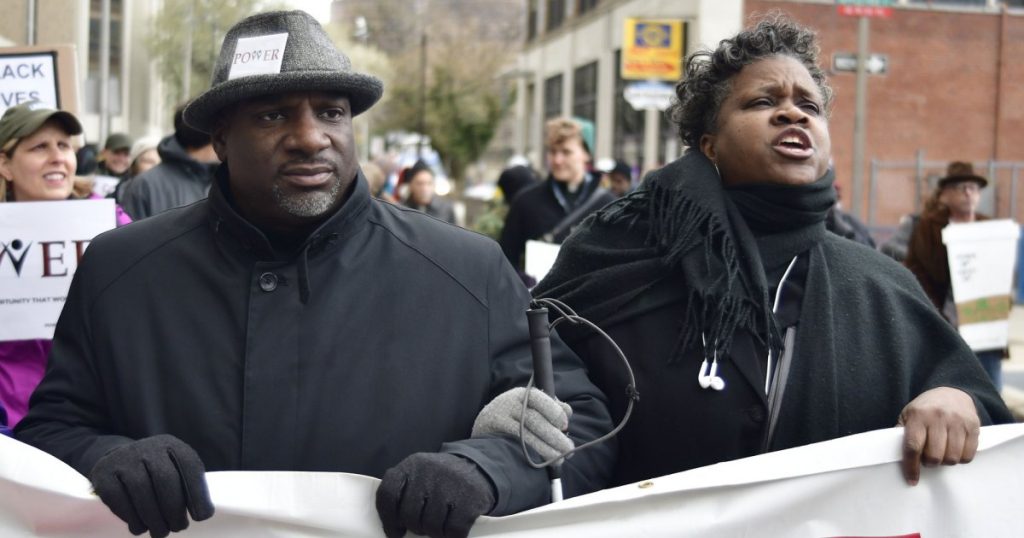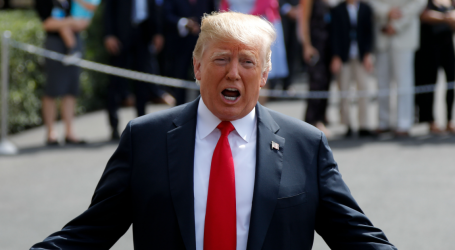Driving While Black Has Gotten Even Worse
A protest in April after the controversial arrest of two black men at a Starbucks in Philadelphia.Bastiaan Slabbers / ZUMA
Looking for news you can trust?Subscribe to our free newsletters.
There is a stark new statistic out from the office of Missouri Attorney General Josh Hawley: In 2017, black drivers in the state were 85 percent more likely to be pulled over than white drivers. That’s an even greater disparity than the state AG’s office found when it gathered the same data last year—and the biggest disparity since it began analyzing traffic-stop data in 2000.
According to the report, there was also a major disparity with how black drivers are treated once they are pulled over: African Americans who were stopped were 51 percent more likely than white drivers to be searched. And Hispanic drivers were 45 percent more likely than whites to be searched.
Four years after Ferguson, these numbers suggest that the institutional discrimination that launched a national protest movement—sparked by the fatal police shooting of Michael Brown—has, if anything, deepened. And they reiterate that the phenomenon is hardly confined to just one troubled municipality; Ferguson’s racial disparity in traffic stops wasn’t even above average for Missouri last year. Of course, as my colleague Brand Patterson has recently shown, you don’t have to be in a car to come in for the driving-while-black treatment—in recent weeks, black people have had the cops called on them for everything from barbecuing at a public park to golfing too slowly.



